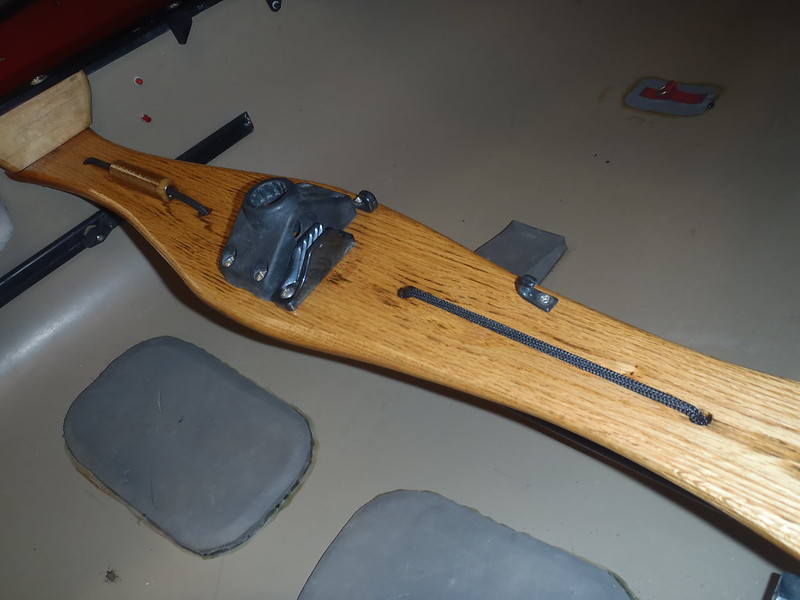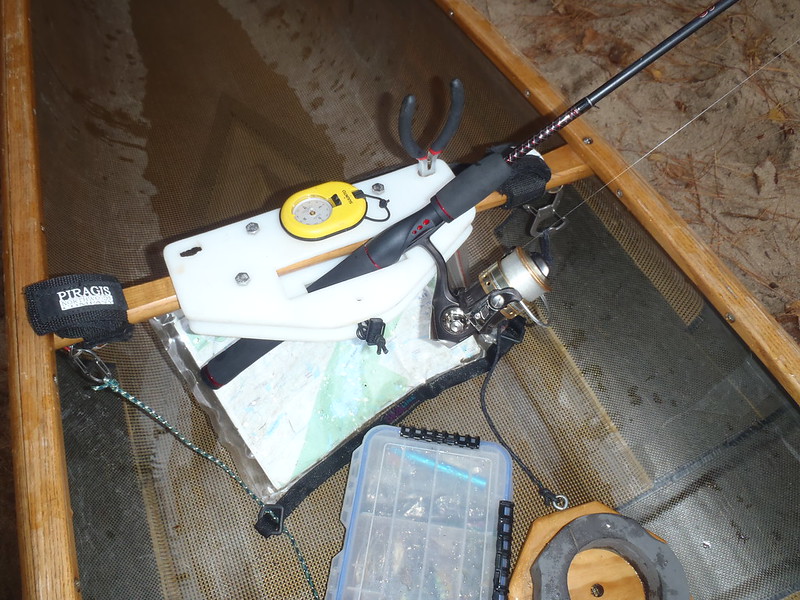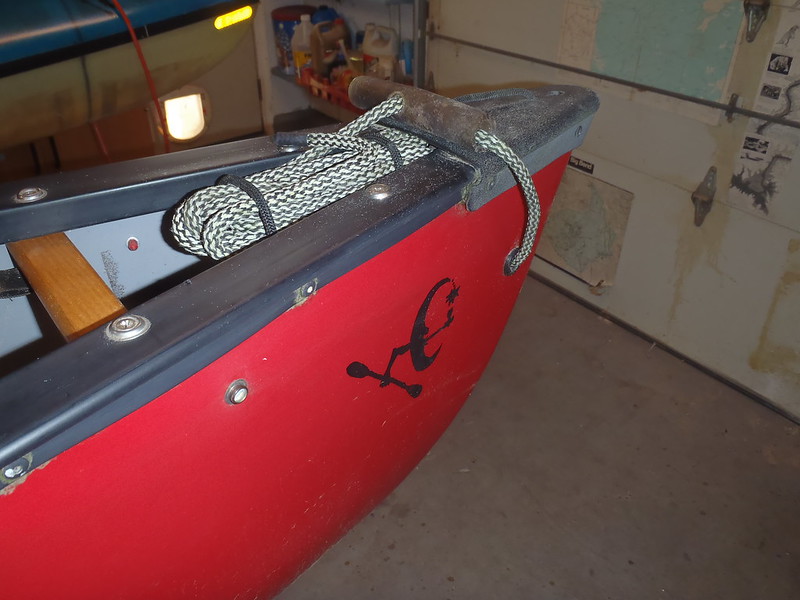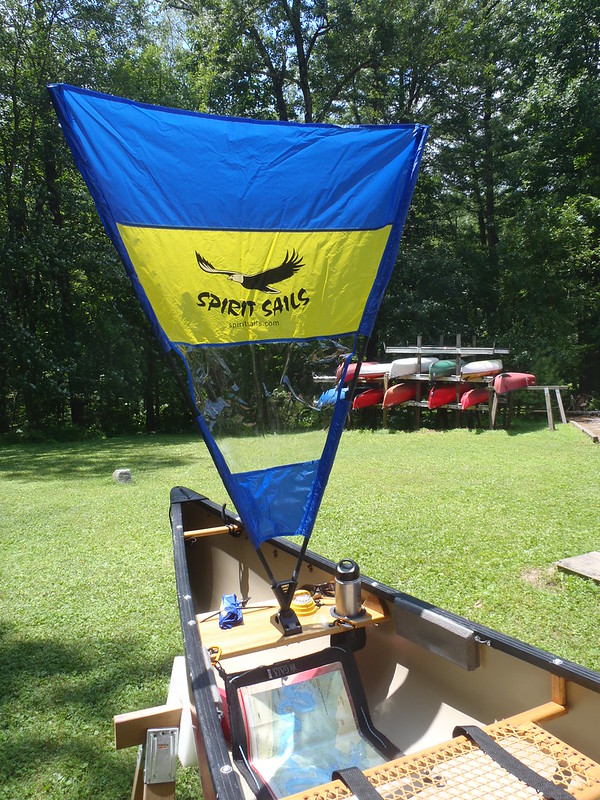My suggestion: Find the empty canoe trim spot with a water puddle and then relocate that puddle while on a temporary movable seat. Thusly:
1. Put the thwarts in position. Take out the tandem seats or leave them in, however you're going to paddle it.
2. Float the empty canoe in shallow water. Pour a glass of water in the bottom. Wherever it puddles is the center of buoyancy of the empty canoe. Mark the center of that puddle with a pen or marker.
3. Get in the canoe on some sort of temporary movable seat (e.g., milk crate). Sit or kneel, whichever you mostly do. Pour a glass of water in the bottom. Move your temporary seat fore and aft until the puddle is centered on the mark.
4. Put the permanent seat at the location of the temporary seat.
This procedure should cause your canoe to be trimmed precisely at the empty canoe's design waterline when you are positioned on your solo seat. Of course, once you add an ounce of gear in front or behind you, you'll go out of trim, but c'est le canoë.
1. Put the thwarts in position. Take out the tandem seats or leave them in, however you're going to paddle it.
2. Float the empty canoe in shallow water. Pour a glass of water in the bottom. Wherever it puddles is the center of buoyancy of the empty canoe. Mark the center of that puddle with a pen or marker.
3. Get in the canoe on some sort of temporary movable seat (e.g., milk crate). Sit or kneel, whichever you mostly do. Pour a glass of water in the bottom. Move your temporary seat fore and aft until the puddle is centered on the mark.
4. Put the permanent seat at the location of the temporary seat.
This procedure should cause your canoe to be trimmed precisely at the empty canoe's design waterline when you are positioned on your solo seat. Of course, once you add an ounce of gear in front or behind you, you'll go out of trim, but c'est le canoë.














